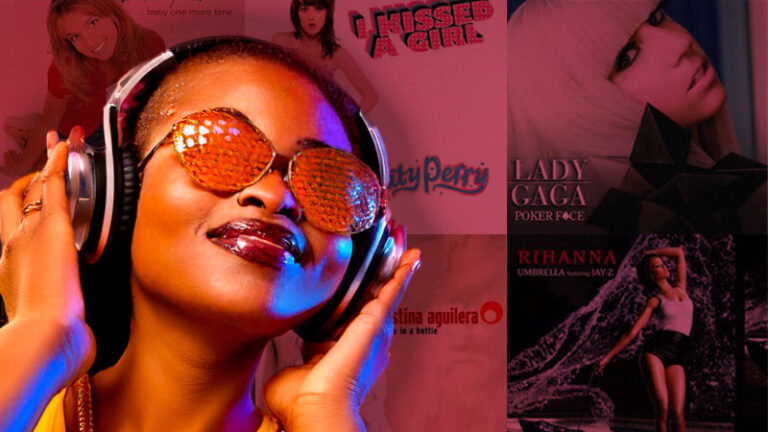Did you know that throughout the centuries, musicians across all genres have at times followed, ignored and chewed up the sartorial rules of each period? From the all-black dress codes of classical musicians to the unofficial uniforms adopted by punk bands in the 20th Century — and everything that’s come since — let’s dive into the world of musical dress codes.
A Formal Affair
Traditionally a venue for sophisticated entertainment, the concert hall — like the glamorous casinos of Venice — has long had its own rigorous dress code for both audience members and performers.
When you think of the outfits worn at classical music concerts, you almost always think of formalwear: women in elegant evening gowns and men in black-tie. This unspoken rule of attire can be traced back to the 15th and 16th centuries, when small groups of musicians were the in-demand entertainment for the nobility of the time.
Then, as the trend for opera developed in the 17th Century, evening formal wear became de rigueur for both the orchestra and patrons.
Quite simply, it was a matter of etiquette. Being a high art, opera and classical music had to uphold its veneer of nobility and respectability. It was not unusual, then, for orchestra players to be decked out in full tailcoats.
Classical Musicians Breaking the Mould
There have, however, been several outliers throughout the history of classical music that have been more experimental when it comes to performance outfits.
In fact, psychologists have discovered that many musicians in the classical genre have been and are particularly interested in fashion, seeing it as an extension of their creativity and a way to reinvent their artistic selves.
In the 21st century, we can look to the likes of Yuja Wang, James Rhodes and Khatia Batiashvilli to break the mould of what classical musicians are expected to wear.
Wang, memorably, sent ripples through the high art world back in 2011, when she appeared at the Hollywood Bowl resplendent in a red mini dress. Critics were in a flutter and the narrative of the day was to consider whether or not a musician’s choice of dress should be commented on in published reviews.
Batiashvilli maintains a high flying career as a world-class pianist while bringing high octane glamour to the stage, but she’s had more than her fair share of negative critiques all based on her performance fashion choices.
The outrage isn’t just reserved for the women of classical music, however. Pianist James Rhodes has also been the subject of several a critic’s ire. He may be the creator of six top-selling albums, an author of several books and articles and the subject of numerous documentaries, but most of the dialogue surrounding him focuses on his sartorial choices rather than his prodigious talent (Rhodes is known for rocking up to concerts wearing simple jeans and sneakers).
Styling Modern Icons
Musical dress codes have also played a fundamental role in cultural movements, creating not only new avenues for style and expression but also forging a sense of unity between the musician and the audience. Take punk, for example.
Back in the mid-1970s a raw, intense, loud, unfiltered genre began to tear through the music industry. Punk was a call to arms for the marginalized, the misunderstood and those searching for meaning. Punk fashion was an act of rebellion against the glitz and glamour of disco in the same way that punk music was a statement against the ego-driven, hyper-produced prog-rock era.
Meanwhile, despite classical music dress codes still largely being rooted in tradition, musicians across other popular genres have created their own dress codes too. However, these dress codes are intended to evoke a particular response in audience members — awe.
The idea of a musician as a modern icon is portrayed through sartorial choice. The fashions worn by pop stars celebrate uniqueness, creating personas that position them far and above the humdrum of day to day life.
Think of the flamboyance of David Bowie’s Ziggy Stardust era, the swagger of Mick Jagger, the dandyism of Prince and Madonna’s seemingly endless ability to both set and crush fashion trends. All four are certainly legendary musicians and performers in their own right, but their tour, press and off-duty outfits elevated them beyond normal human existence.




